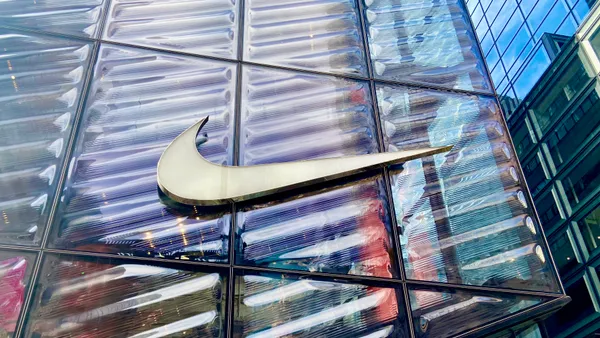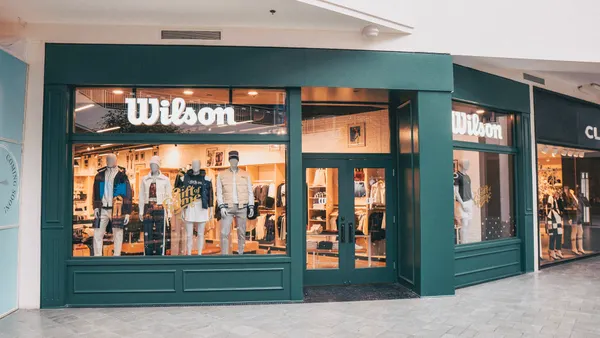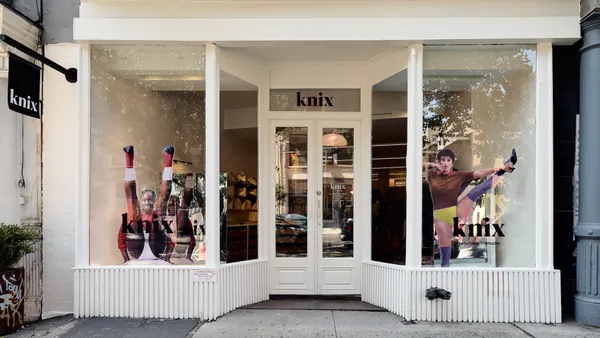Dive Brief:
-
Last year, retailers collectively announced 5,524 U.S. store closures, down 32% from the prior year when they peaked at 8,139, according to a new report by Coresight Research, which was emailed to Retail Dive.
-
So far in 2019, store closure announcements are up 23%, hitting 2,187, versus this time last year and more are on their way as a result of several major bankruptcies and others on their way. The firm anticipates store closures this year to look a lot like the store closures in 2017 and 2018.
-
The number of retail bankruptcies filed within the first six weeks of 2019 is already at one-third of last year's total, according to the report. Stores will continue to close for three main reasons: an excess of store locations, weak financial conditions among retailers and competition from e-commerce sales.
Dive Insight:
By Coresight's watch, specialty and toy stores closed the greatest number of stores last year, which comes as little surprise considering the bankruptcy of Toys R Us and those of mall chains like Claire's, Nine West, and Brookstone.
That's in part because of an acceleration in the penetration of e-commerce sales, according to the report. The effect on brick-and-mortar retailers has been evaporating demand and increasing financial pressure. Another big factor is that there are still way too many stores in America. The country has significantly more retail space per person — 23.5 square feet — than countries like Canada — 16.4 square feet — or Australia — 11.1, according to a 2016 report from Morningstar cited by Coresight.
The last major reason comes down to debt. In an environment where interest rates are continuing to rise, retailers with low operating earnings are being challenged to make payments on their debt, the report said. As a result, some retailers with heavy debt loads, like Payless and Gymboree, find themselves considering a Chapter 11 filing shortly after exiting.
Not all sectors are experiencing net closures though. Last year, general merchandisers collectively opened nearly 1,400 stores, niche specialty stores opened 75, food retail opened 58, sporting goods opened 22, internet businesses opened 11 and warehouse clubs opened 9.













